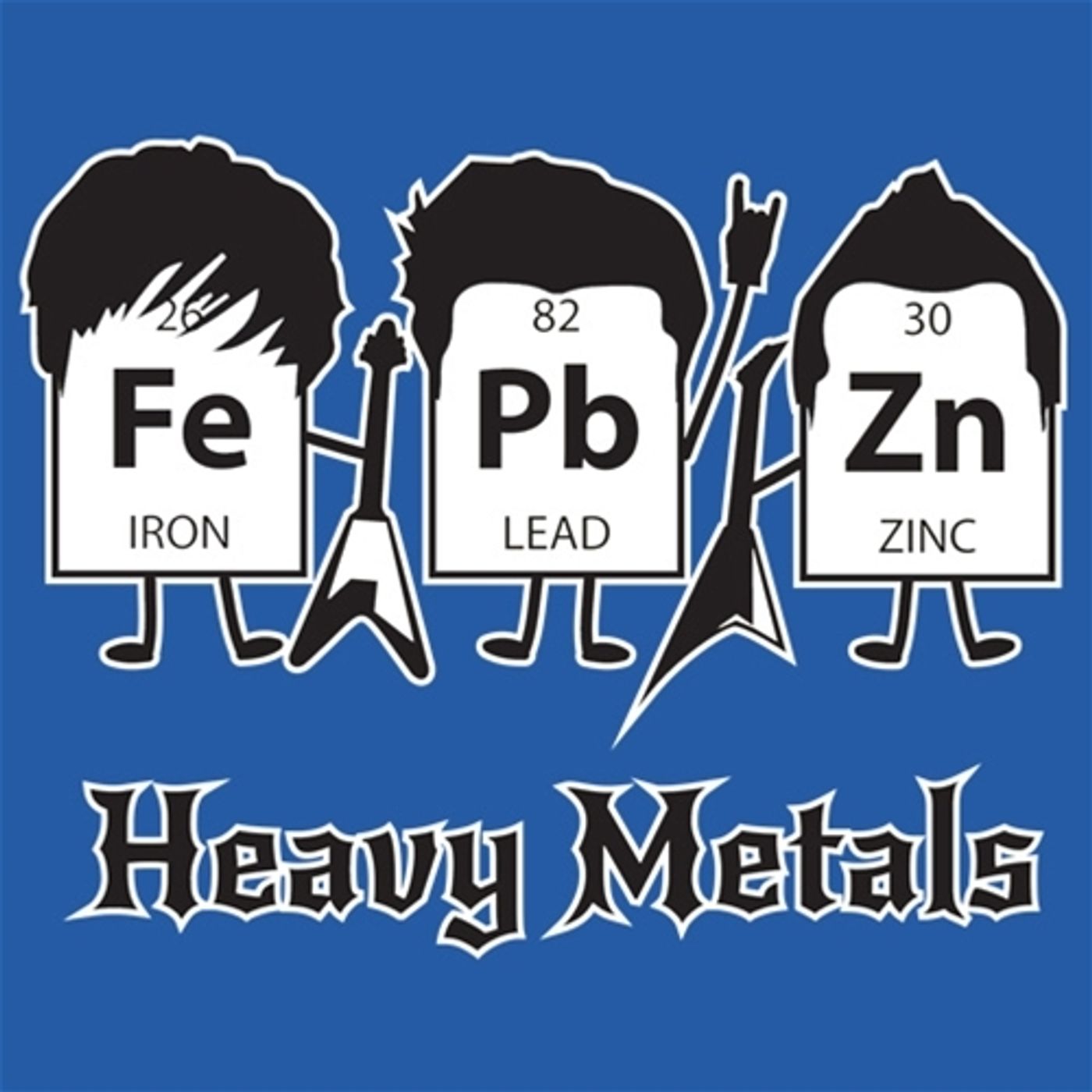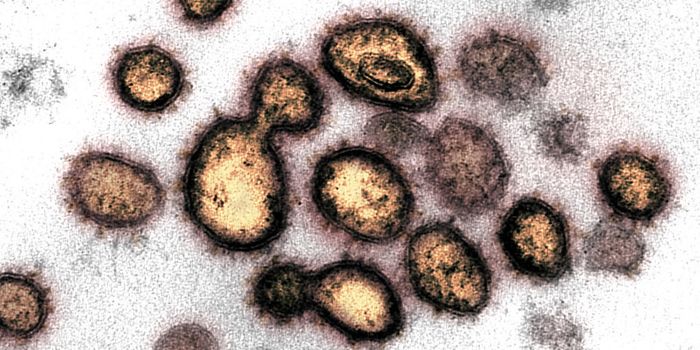The scoop on heavy metal toxicity
The antibacterial properties of heavy metals have been appreciated for some time, but how the heck do they work?
This so-called “oligodynamic effect” was formally described by Karl Wilhelm von Nageli. He wasn’t the first person to realize that metals could be toxic to microbes, however. This property has been well recognized for centuries.
The Persians used copper and silver vessels to purify water and store food. Arsenic was used to treat syphilis, and physicians once used lead to cure infections. Today, gold is used in dentistry because it inhibits bacterial growth, and aluminum is a component of many antiseptics.
Many implanted medical devices and nanomaterials are also coated with metals such as copper. In this application, copper-coated surfaces rapidly kill bacteria on contact - within minutes to hours. Antimicrobial textiles and household products incorporate silver, copper, and zinc into what is called a zeolite carrier. Zeolite is a mineral that adsorbs water and ions from the environment. This process releases toxic metal ions, killing bacteria.
There are a number of mechanisms by which heavy metals are toxic to bacteria.
The first has to do with oxidative stress. One way that reactive oxygen species are generated in cells is through the Fenton reaction. This is one reason why there’s very little free iron floating around in cells (bacterial or mammalian), even though iron is critically important for the function of many enzymes. If there’s excess iron or copper in a cell, the Fenton reaction can occur, producing damaging reactive oxygen species.
Heavy metals can also interfere with how important enzymes work. Sometimes reactive oxygen species (generated by the Fenton reaction) can damage enzymes. In other cases, certain metals can take the place of other metal cofactors in enzymes. One example is in ribonucleotide reductase - an enzyme that’s important for DNA replication. Here, gallium can substitute for iron, causing all kinds of things to go haywire. In other cases, metals can oxidize amino acids near the catalytic sites of enzymes. Such damage can not only inhibit the enzyme’s function, but it may trigger degradation of the protein.
Copper and cadmium can also affect membrane stability, likely through lipid peroxidation. In other cases, some metals can disrupt the flow of electrons through the electron transport chain, affecting respiration.
Metals can also damage DNA, and that’s never a good thing. Reactive oxygen species (the Fenton reaction again) can affect DNA replication. Interestingly, copper can damage extracellular DNA that is released after a cell dies - preventing the horizontal transfer of antibiotic resistance genes, for example.
Bacteria are crafty, however, and many have developed resistance to heavy metal toxicity.
Metals are most toxic to bacteria once they enter the cell. Because of that, bacteria developed ways to pump the toxic metals back into the environment - usually through efflux pumps. In other cases, metals may be safely sequestered away inside the cell. In this same vein, many bacteria simply form biofilms to wall themselves off. Cells that are nearer the surface of the biofilm become quiescent, making themselves resistant to metals or other toxins in the environment. Because of this, cells deeper inside the biofilm can go about their business, protected from danger. Despite these resistance mechanisms, researchers are still working to harness the antimicrobial properties of metals.
Gallium nitrate, for example, is a potent antibiotic and antibiofilm agent. Solutions of aqueous gallium nitrate are particularly toxic to Pseudomonas aeruginosa, a prominent biofilm-forming human pathogen. Another option is to use metals in combination with traditional antibiotics. Bismuth compounds are already used in combination with antibiotics to treat Helicobacter pylori infections in the stomach. Finally, copper-silver ionization has been validated as a method to control the growth of Legionella in hospital water supplies.
Sources: Nature Reviews Microbiology, Infection control and hospital epidemiology, MicrobeWiki, Wikipedia









